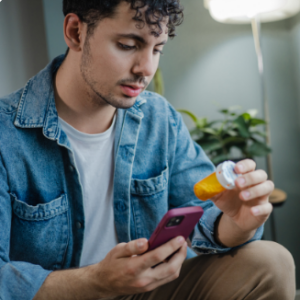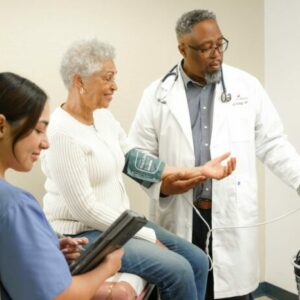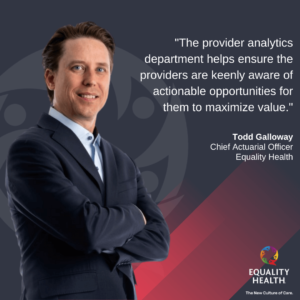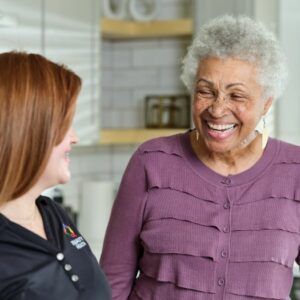
The Power of Healthcare: Making the Healthcare Industry Work for Arizonans
Equality Health is a mission-driven company. At our core, we are committed to advancing health equity by breaking down barriers […]
We share the latest and greatest insights, trending topics, and thought leadership pieces from the Equality Health team.

Equality Health is a mission-driven company. At our core, we are committed to advancing health equity by breaking down barriers […]

Did You Know That Social Risk Factors Have More Than Twice The Impact On Outcomes Compared To Clinical Care? Our […]

Did You Know 84% Of Pregnancy Related Deaths Between ‘17-’19 Were Determined To Be Preventable? Women with untreated depression, high blood […]

In this month’s Thought Leader Thursday podcast, Garrett Black, Chief Operating Officer, talks about changing the healthcare system to implement […]

Equality Health is helping providers increase their value-based revenue without increasing their workload. Read the article, here: https://bit.ly/3GakhLS.

How Equality Health applies actuarial science to drive winning solutions. Have you ever checked your lottery numbers and had a […]

Special Report For more information about our Value-Based Care Model for Health Plans, call 844.213.7963 or email sales@equalityhealth.com. The COVID-19 […]

Equality Health is joining other Arizona businesses in taking the Healthy AZ Pledge, a wellness initiative by Wellness AtoZ, to […]

Has the pandemic changed workplace health and wellness forever? Article Originally Published in inBusiness Greater Phoenix With COVID-19, there’s been an […]